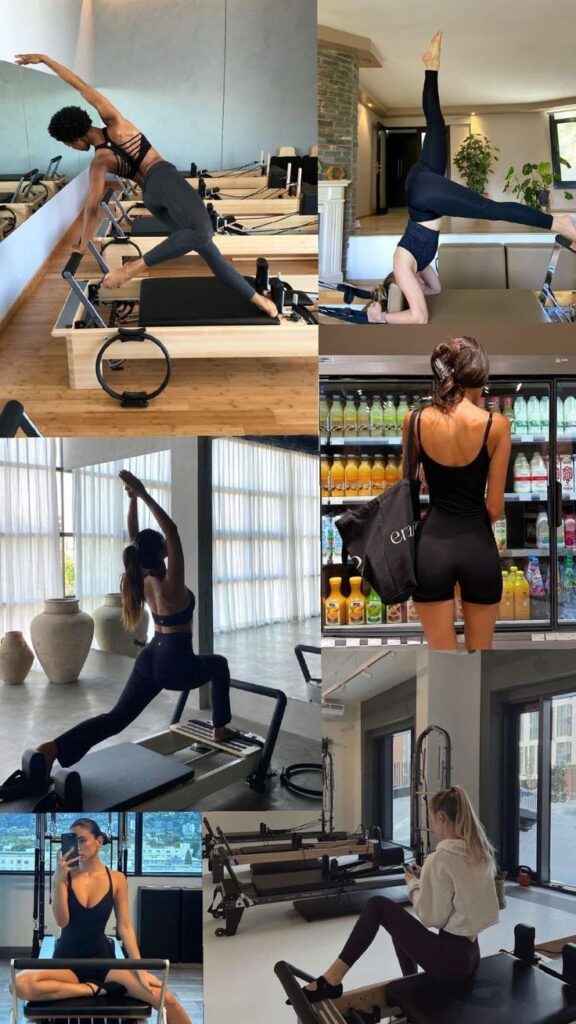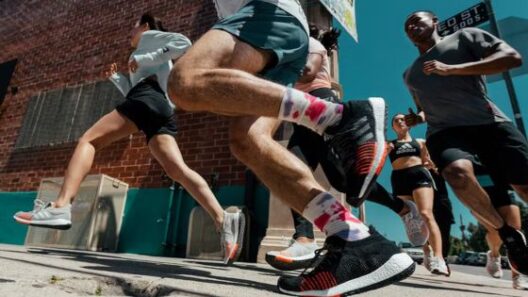
Introduction
Choosing the perfect pair of running shoes can feel overwhelming. With so many brands, models, and features on the market in 2025, it’s easy to get lost in the options. But the right shoes aren’t just about style — they’re about comfort, support, and performance.
Whether you’re a beginner hitting your first mile or a marathoner chasing your personal best, understanding your foot shape, running style, and training goals is essential for finding your ideal pair.
Key Takeaways
- The right running shoes can improve performance, reduce injuries, and boost comfort.
- Your foot type, gait, and running style determine the best shoe for you.
- In 2025, brands offer AI-powered fitting tools and 3D foot scanning for better personalization.
- Always prioritize fit, support, cushioning, and durability over looks.
- Replacing running shoes every 300–500 miles is key to avoiding injuries.


Step 1: Understand Your Foot Type
Your foot shape determines how your shoes should support you. There are three main foot types:
| Foot Type | Characteristics | Best Shoe Type |
|---|---|---|
| Neutral | Balanced weight distribution | Neutral cushioning shoes |
| Flat Feet (Overpronation) | Ankles roll inward | Stability or motion control shoes |
| High Arches (Underpronation) | Ankles roll outward | Cushioned shoes with flexibility |
Pro Tip: Many running stores now offer 3D foot scanning to analyze your arch height and pressure points for better shoe recommendations.
Step 2: Know Your Gait
Your gait — how your foot strikes the ground — directly impacts which shoes you need.
- Neutral gait: Best served by cushioned, balanced shoes.
- Overpronation: Look for stability shoes to control inward rolling.
- Supination (Underpronation): Choose flexible, cushioned shoes to absorb shock.
Today, AI-powered gait analysis apps can scan your stride at home and recommend the right shoes instantly.


Step 3: Match Shoes to Your Running Style
Not all running shoes are created equal. Choose based on where and how you run:
| Running Style | Best Shoe Features |
|---|---|
| Road Running | Lightweight, breathable, cushioned |
| Trail Running | Aggressive grip, durable materials |
| Marathon Training | Max cushioning, energy return midsoles |
| Speed Workouts | Ultralight, responsive, low stack height |
Step 4: Don’t Ignore Comfort and Fit
In 2025, brands have embraced customization:
- AI-powered sizing tools scan your feet for a perfect fit.
- Brands like Nike, Adidas, and Brooks now offer personalized insoles and custom cushioning profiles.
When trying on shoes:
- Make sure there’s about a thumb’s width between your longest toe and the shoe tip.
- Wear your running socks to test fit accurately.
- Walk or jog in the store to check for slipping or rubbing.

Step 5: Consider Technology and Sustainability
Running shoes in 2025 are smarter and greener:
- Smart Insoles: Some models track your stride, cadence, and impact forces.
- Recycled Materials: Eco-friendly shoes like Adidas Ultraboost Light Eco use 50% recycled components.
- 3D-Printed Midsoles: Brands like New Balance and On Running are leading this innovation for customized cushioning.
Common Mistakes to Avoid
- Choosing shoes based only on looks.
- Ignoring your gait and foot shape.
- Sticking with worn-out shoes beyond 500 miles.
- Buying the wrong size — sizing can vary by brand.


FAQs
1. How often should I replace my running shoes?
Every 300–500 miles, depending on your running frequency and terrain.
2. Do expensive running shoes make a difference?
Not always. While premium models offer better tech, fit and comfort are more important than price.
3. Are smart running shoes worth it in 2025?
Yes, especially if you want real-time performance insights and injury prevention tools.
4. Can I use the same shoes for road and trail running?
Not recommended. Trail shoes provide better traction and durability on uneven terrain.
Conclusion
Finding the perfect running shoes isn’t about picking the most popular model — it’s about finding the pair that matches your feet, gait, and goals.
With AI-powered fitting tools, smart tracking features, and eco-friendly materials, 2025 offers more options than ever to help you run smarter, safer, and faster.



